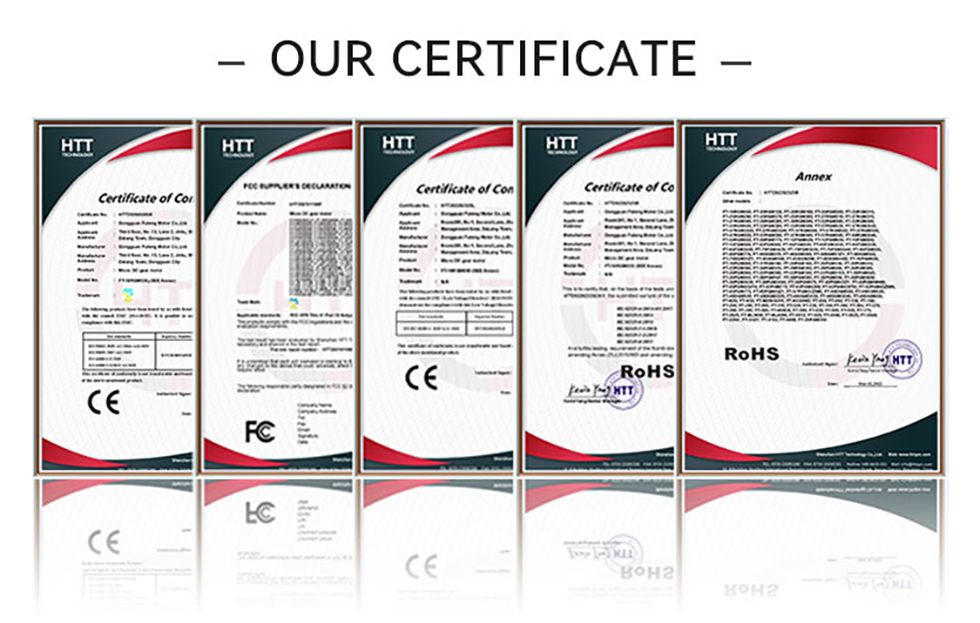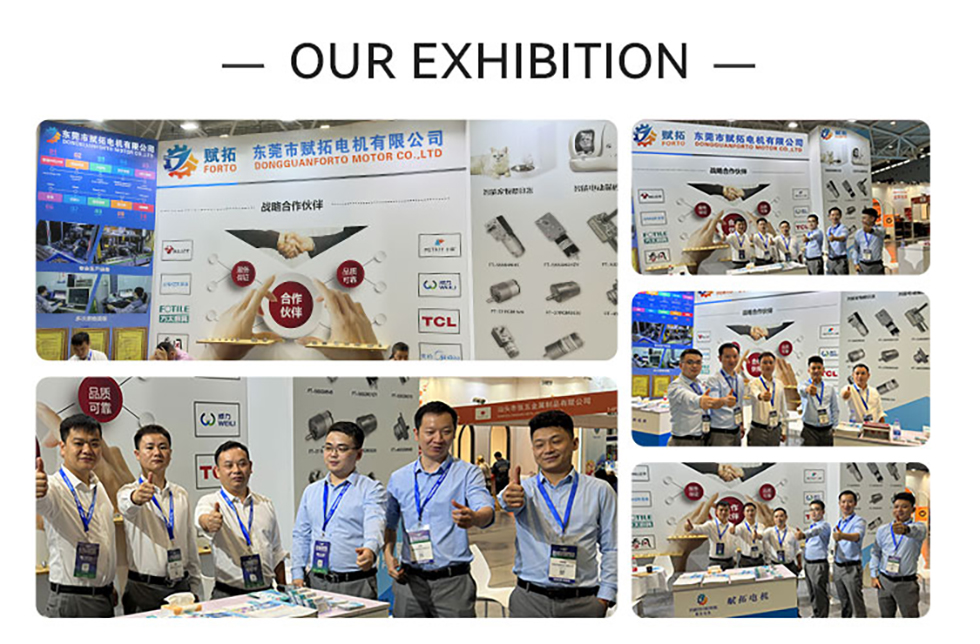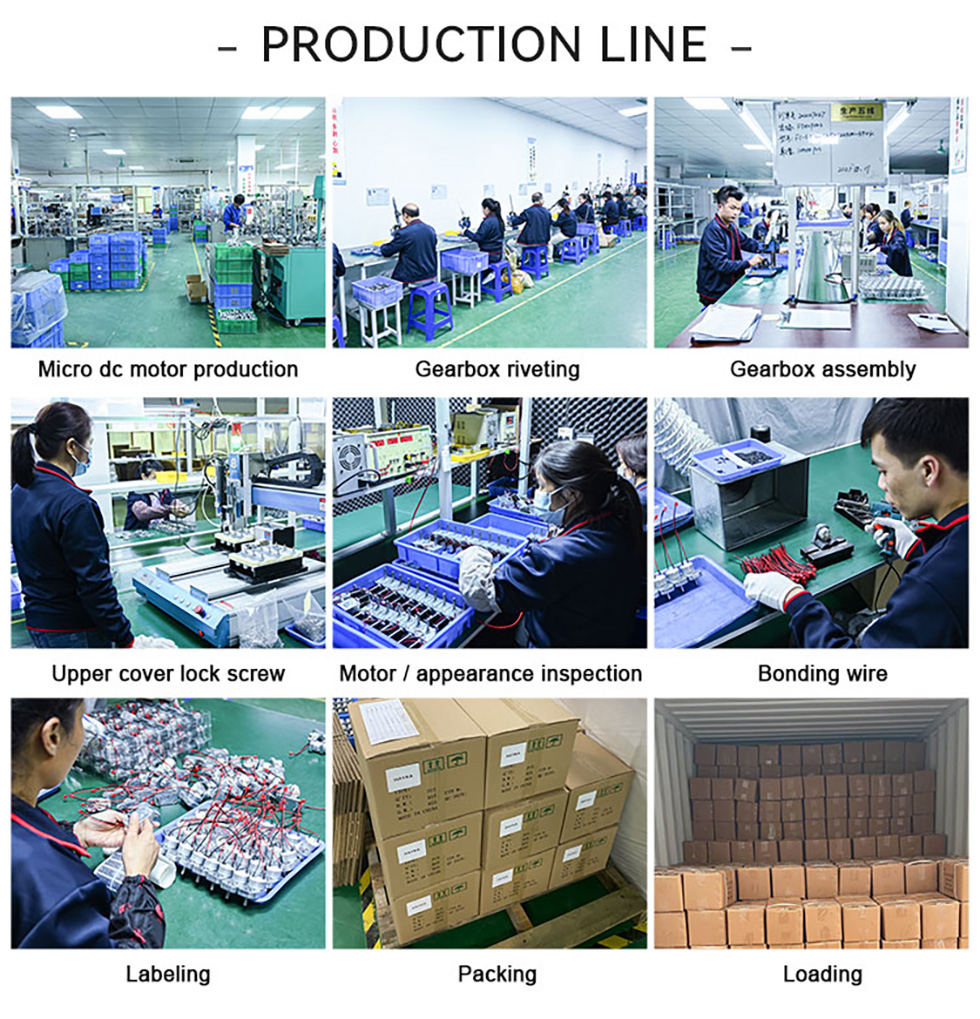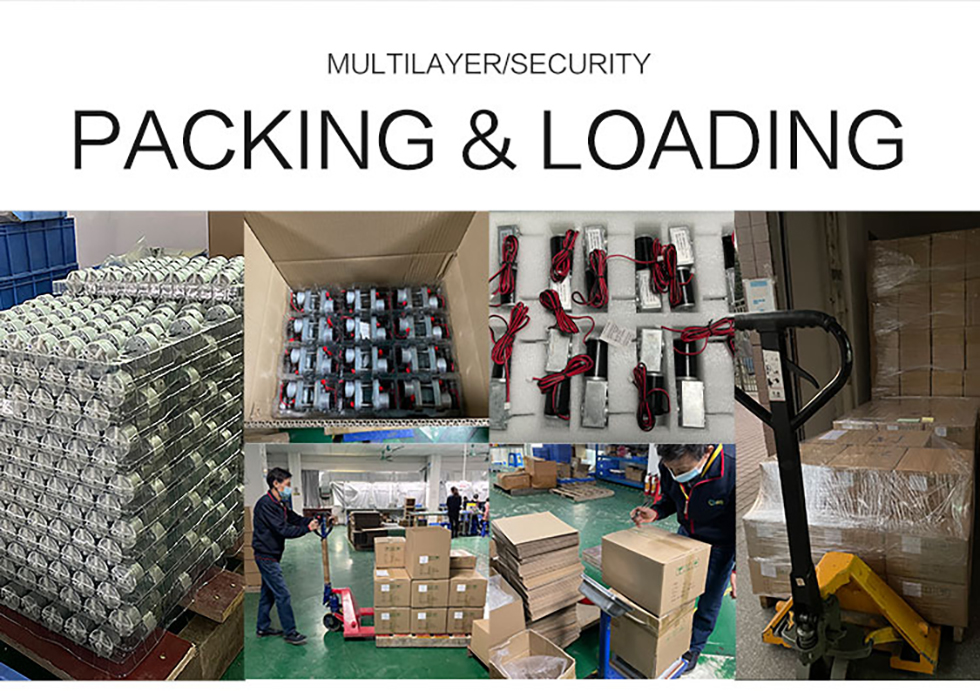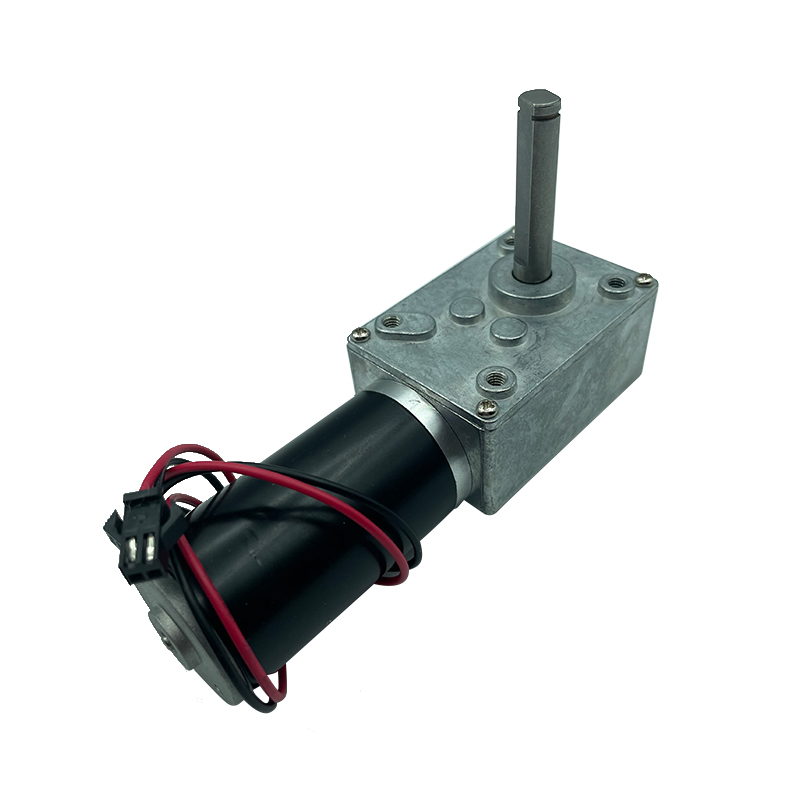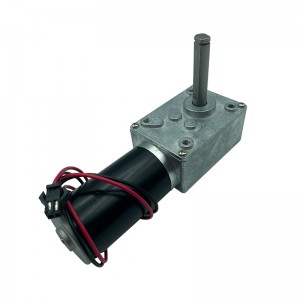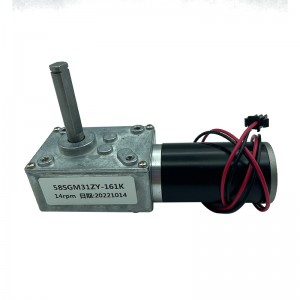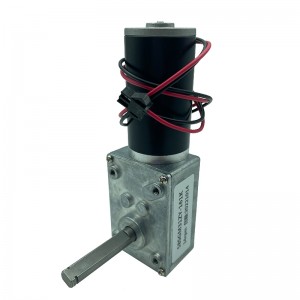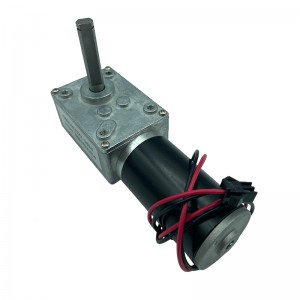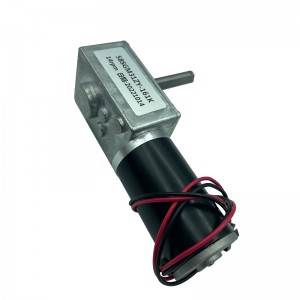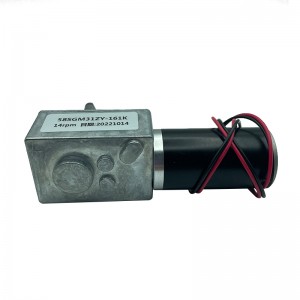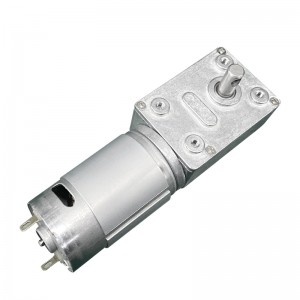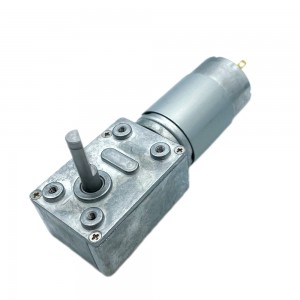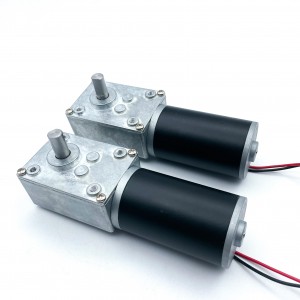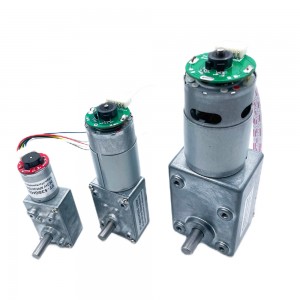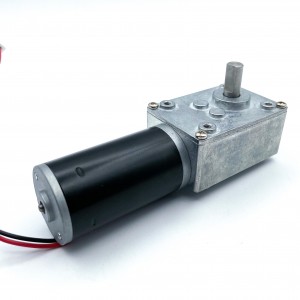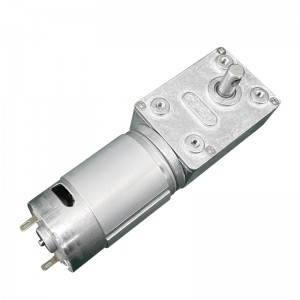FT-58SGM31ZY DC brushed right angle worm gear motor
Product Video
Product Description
Worm gear motor is a common geared motor, the core of which is a transmission mechanism composed of a worm wheel and a worm. A worm gear is a gear shaped like a snail shell, and a worm is a screw with helical teeth. The transmission relationship between them is to drive the movement of the worm wheel through the rotation of the worm.
The worm gear mechanism has the following characteristics:
1、High reduction ratio:
The worm gear transmission mechanism can achieve a large proportion of reduction, usually the reduction ratio can reach 10:1 to 828:1 and so on.
2、Large torque output:
The worm gear transmission mechanism can output large torque due to its large gear contact area.
3、High precision and stability:
Since the gear contact mode of worm gear transmission is sliding contact, the transmission process is relatively stable without impact and wear.
4、Self-locking feature:
The helical teeth of the worm and the helical teeth of the worm wheel make the system have a self-locking feature, which can maintain a certain position when the power supply is stopped.
Application
Miniature worm gear motors are widely used in some applications that require smaller size and higher precision. The following are some application areas of miniature worm gear motors:
1. Conveying systems: Worm gear motors are commonly used in conveying systems where they provide the torque required for movement and control the speed of conveyed materials.
2. Automotive Industry: In automotive applications, worm gear motors are used in power windows, wipers and convertible tops to provide the necessary torque for smooth and controlled movement.
3. Robotics: Worm gear motors play a vital role in robotics, enabling precise and controlled movement of robot arms, joints, and grippers.
4. Industrial machinery: Worm gear motors are widely used in industrial machinery, including packaging machines, printing presses, and material handling equipment due to their high torque capabilities and self-locking functions.
Company Profile
